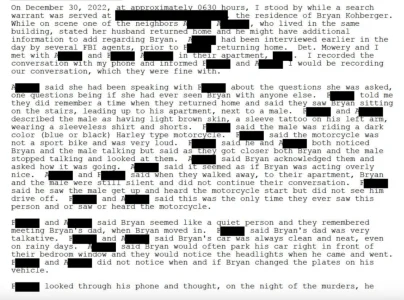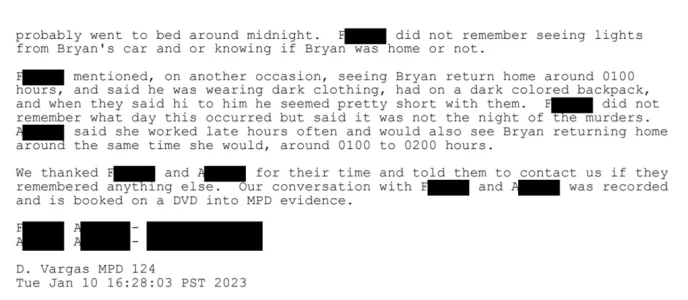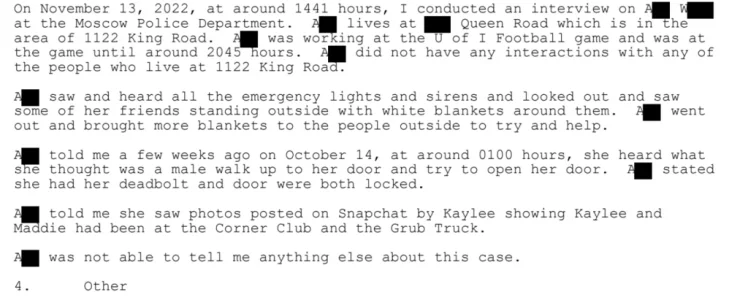- Joined
- Oct 30, 2005
- Messages
- 3,916
- Reaction score
- 23,089
It think it's possible to defend against "ill intent" and violence, starting with believing that there are people who want to do others harm. Depraved individuals like The Loser are far and away in the minority of the population, but he's the guy that makes walking in groups and locking doors and having window coverings that provide privacy necessary.Whenever something like this happens, it reinforces that there is no defense against someone who has ill intent and a plan to commit violence.
From what we've read, Kaylee and Dylan felt uneasy. What if they had taken that as seriously as they could? Got and used locks. Covered windows. Had and used an alarm. Called the police about the guy in the shadows. Kept social media private. This is not to victim blame. I teach college kids and believe me, they all think they are Superman level bullet proof. And when living in groups they feel safety in numbers.
But we've made big dents in things like drunk driving (see Kaylee and Maddie leaving the cars at the house and calling a sober driver). We've taught kids not to walk alone but in groups late at night, that there is some safety in numbers. Now we have to convince them not to record their lives for the whole world, to keep their circle small. We have to convince them that privacy and security are as important as the designated driver. I used to have baseball season tickets and often went to night games by myself. I never hesitated to ask a group walking together to watch as I got into my car.
I wrote this yesterday but it bears repeating. Dylan and Bethany have taken massive criticism for locking themselves in a room together and not calling 9-1-1. They didn't know what was going on and they weren't 100% sober. They felt fear and acted on it. The Loser returned to the murder scene the next morning. What if he had come into that house to try to retrieve the sheath? They were smart to call others to make sure there wasn't a monster in the house.
Last edited:





